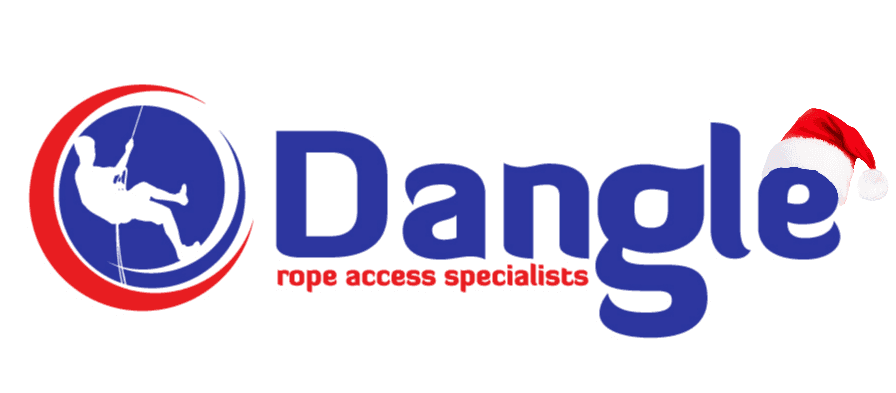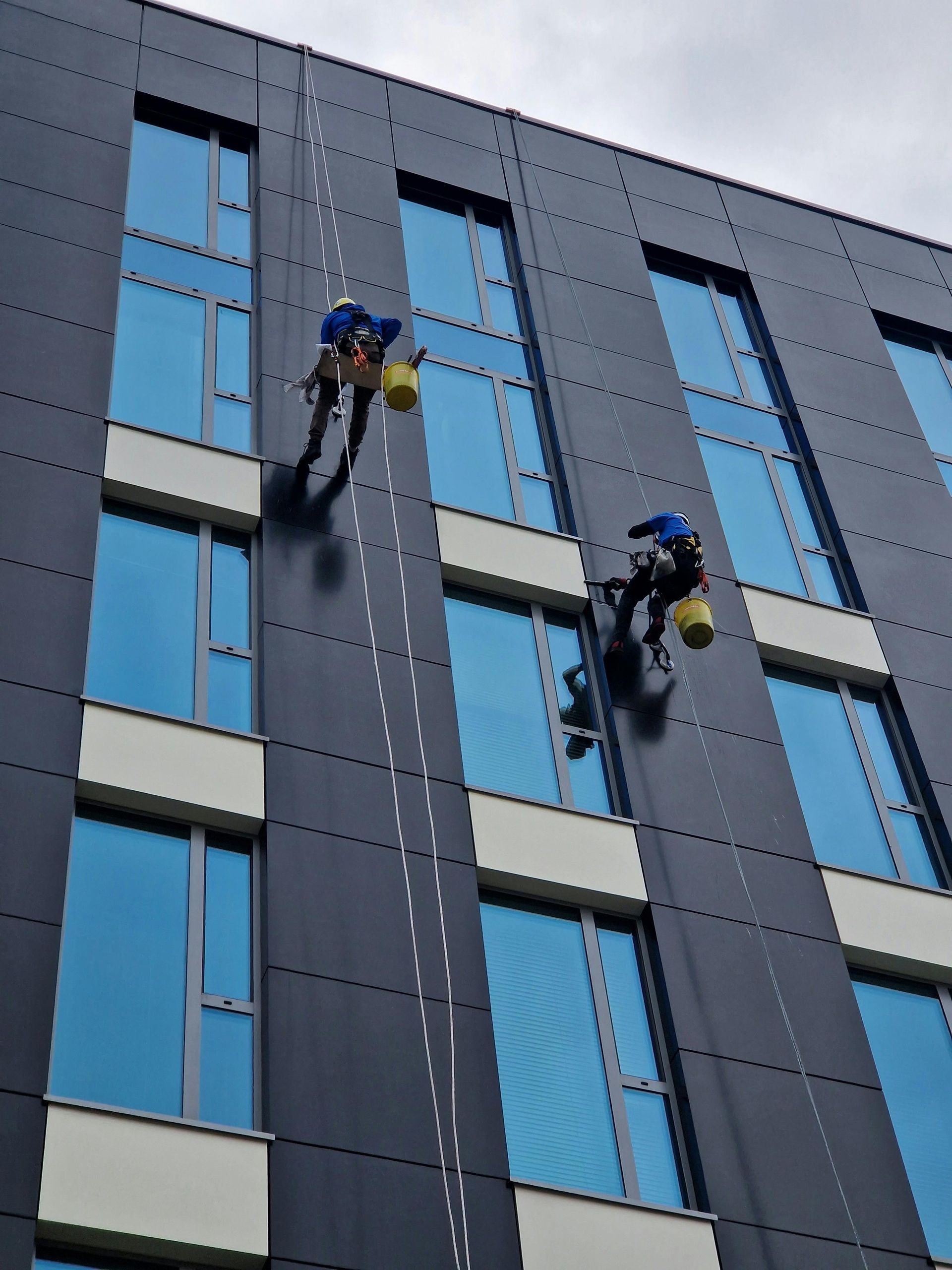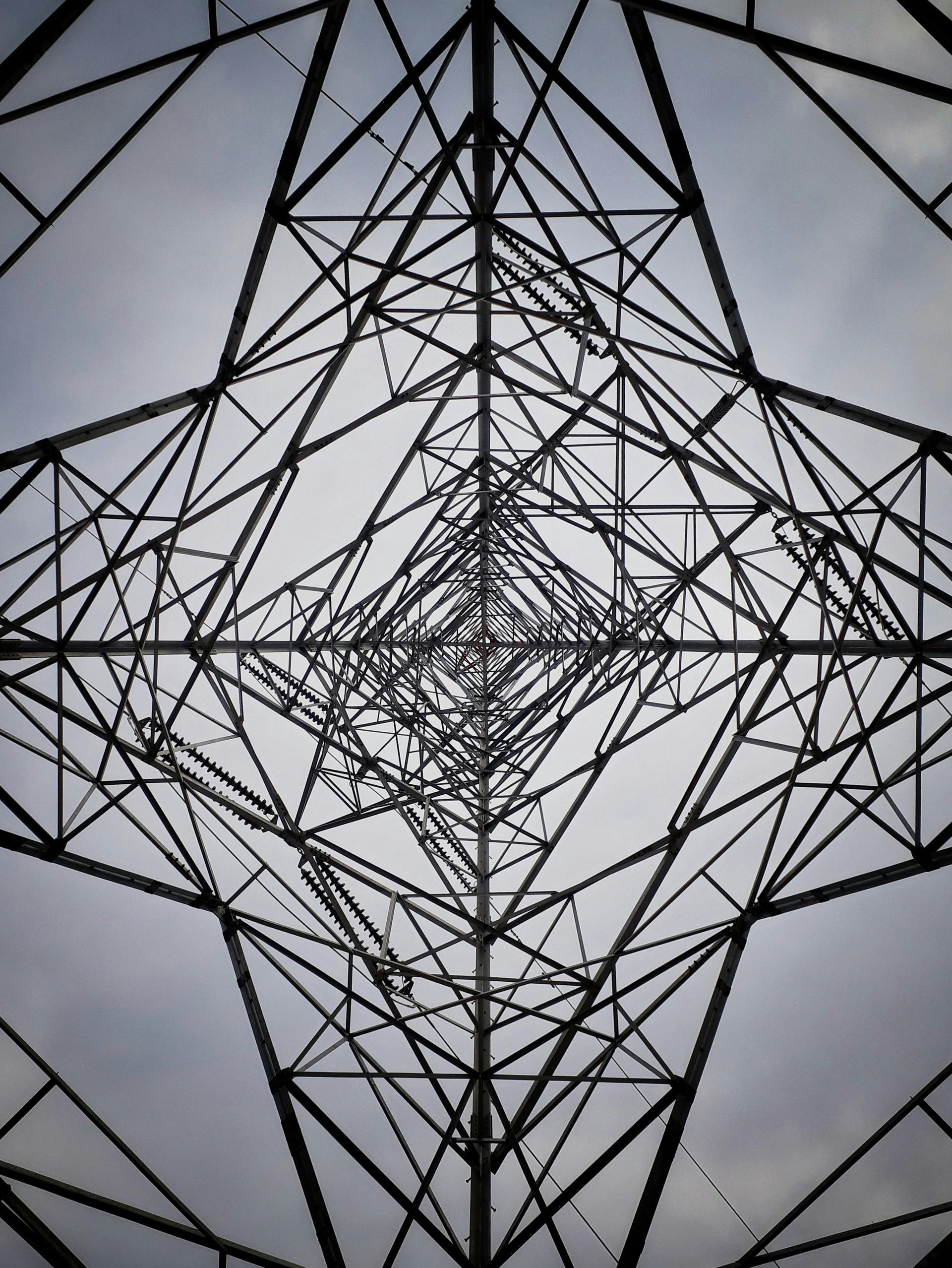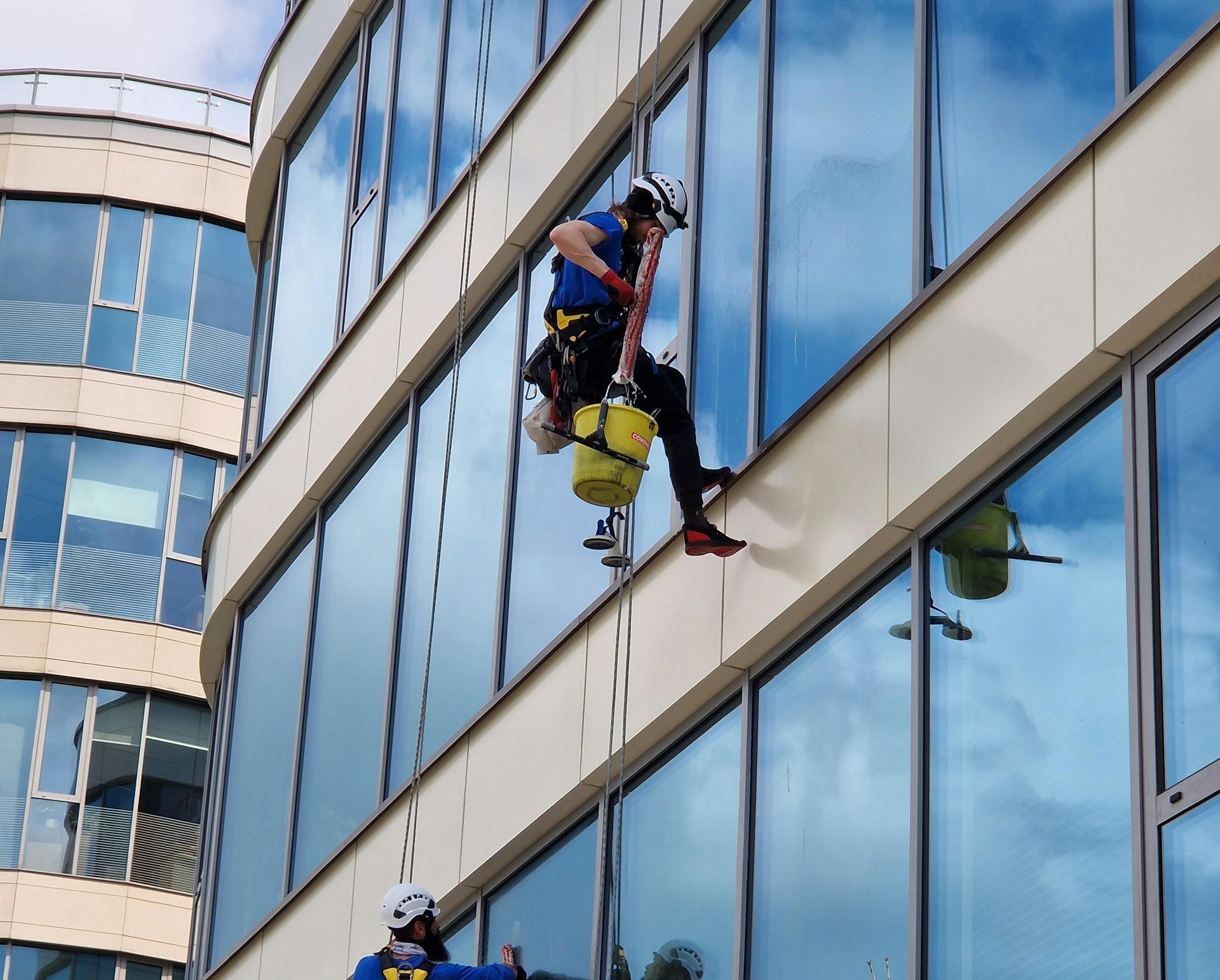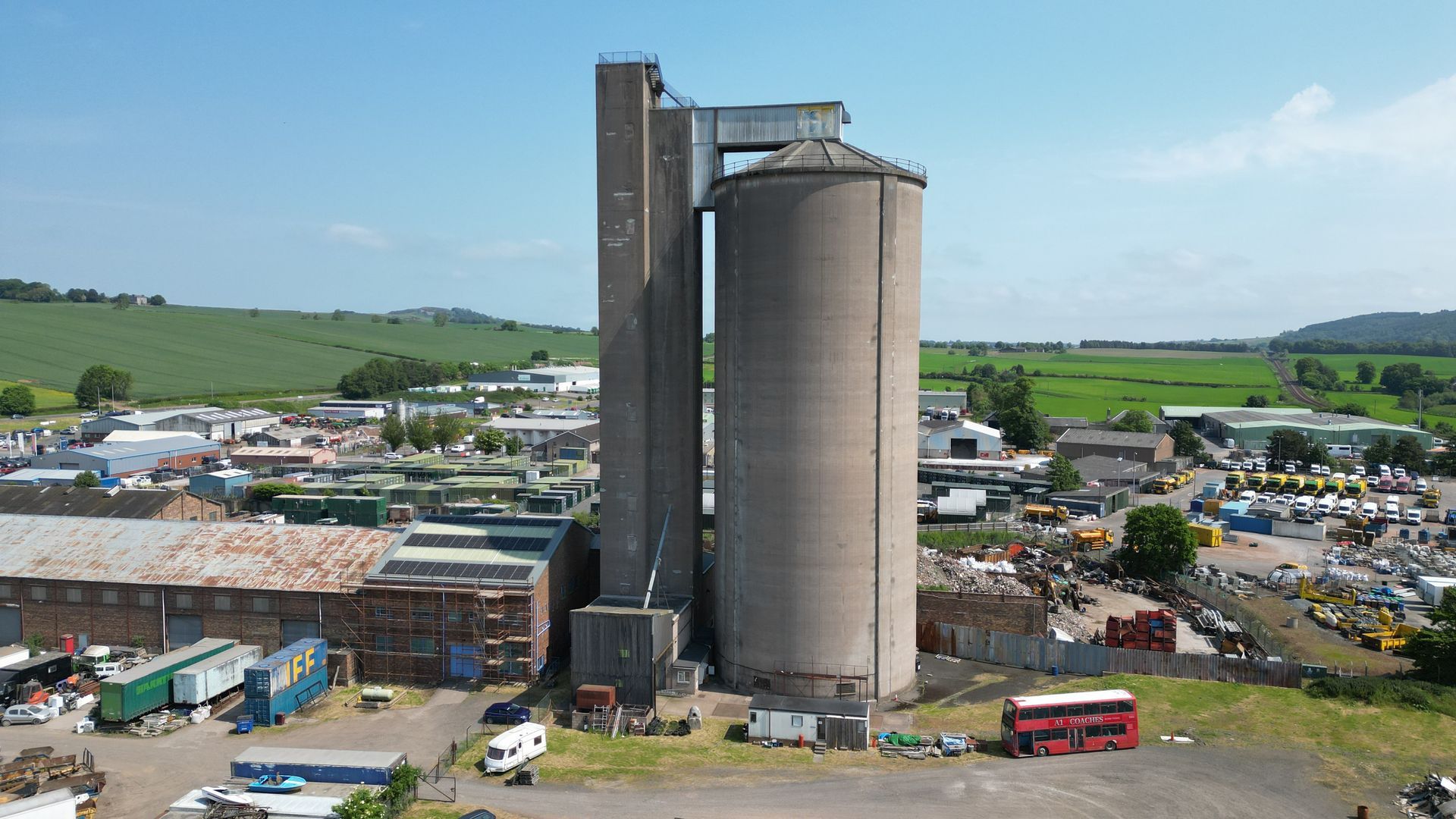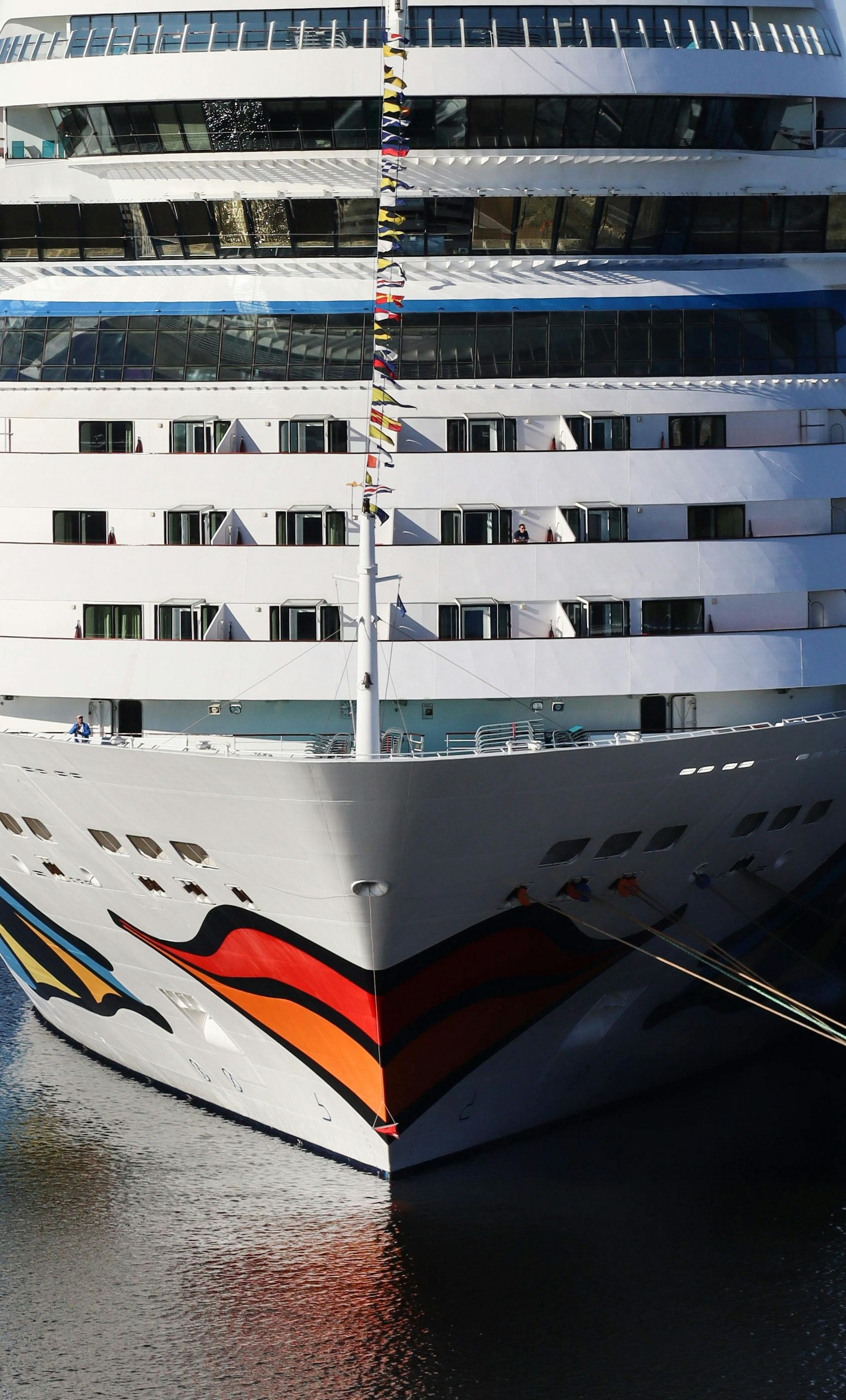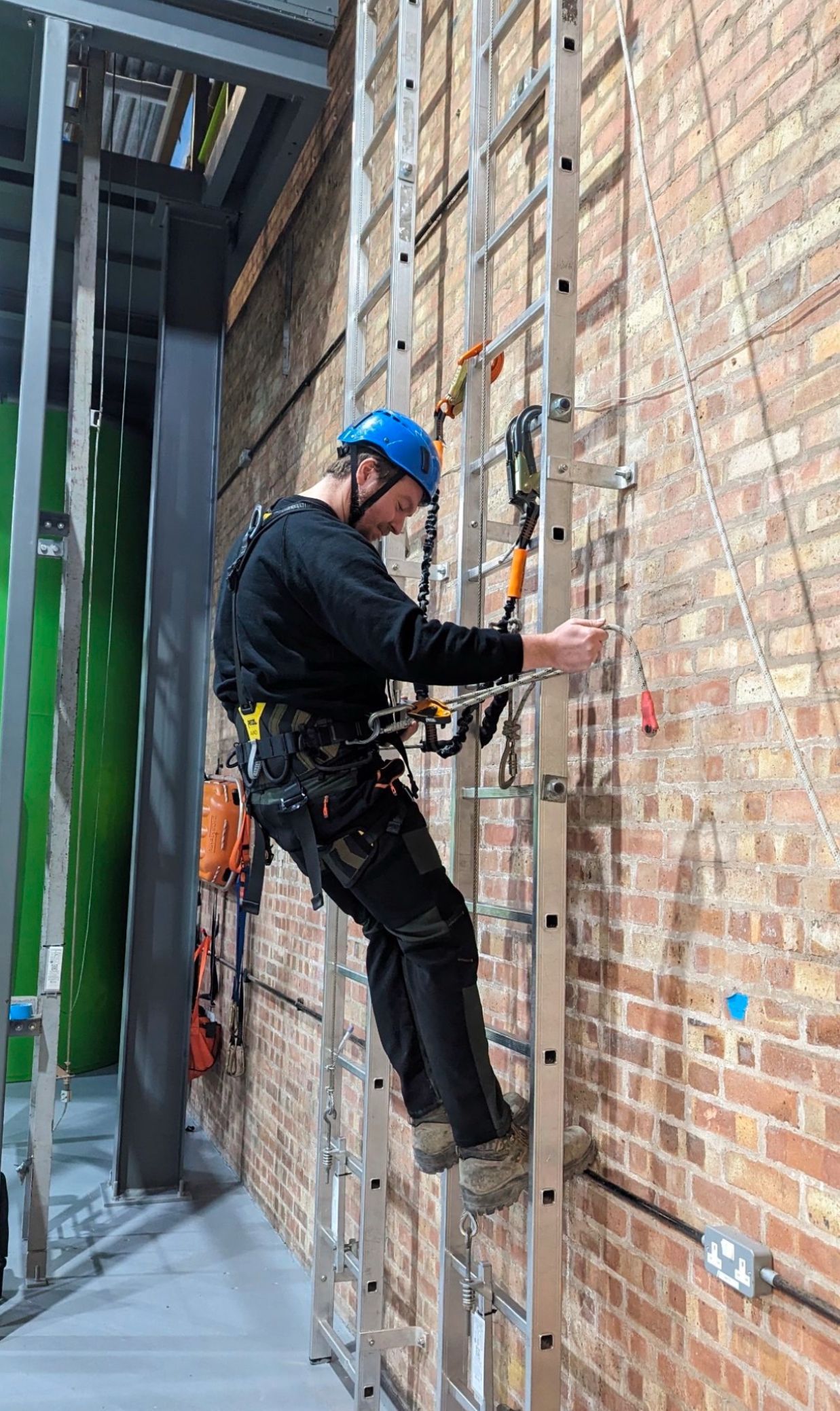History of Rope Access
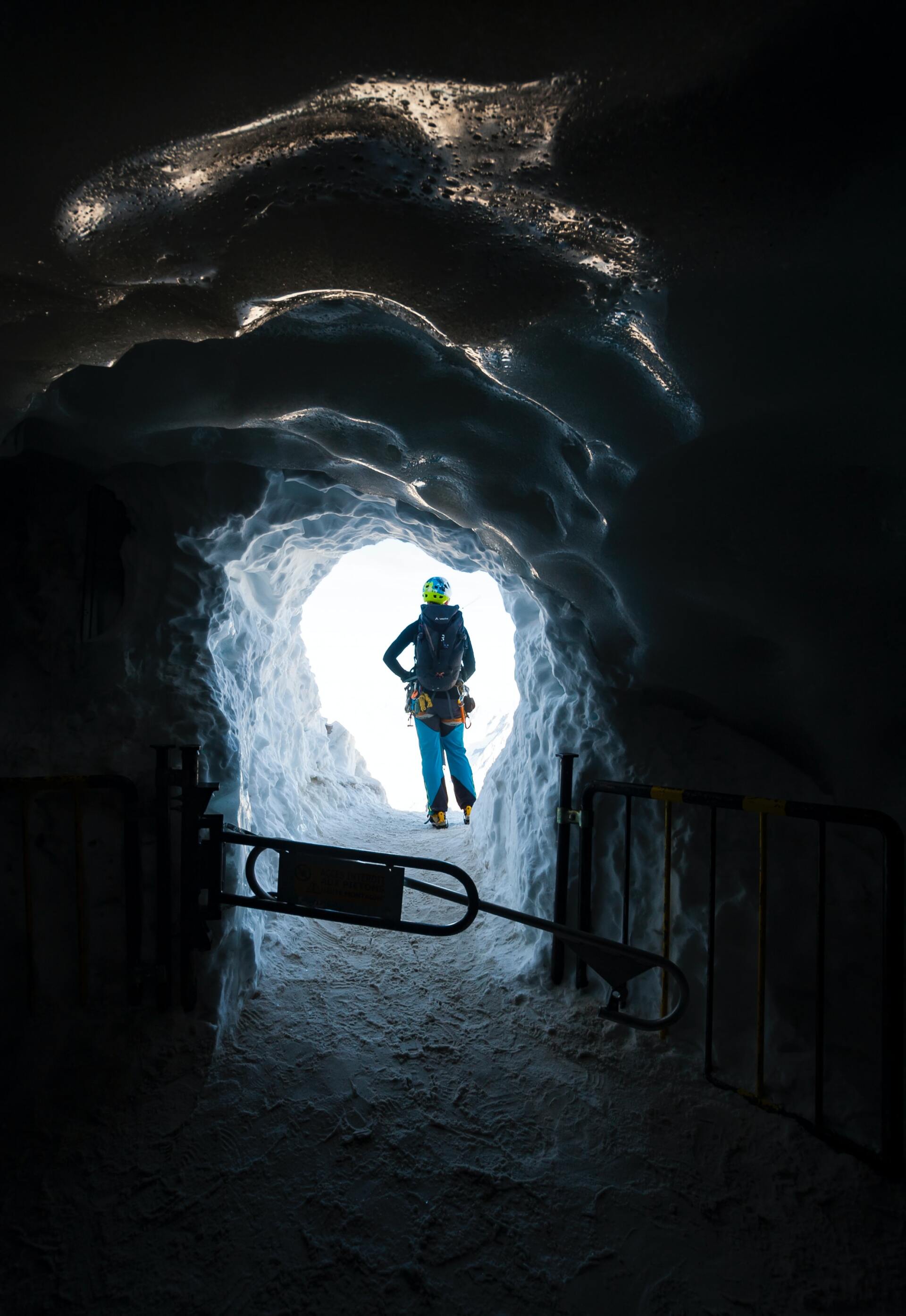
The History of Rope Access
A comprehensive guide to the history of rope access, often known as industrial climbing, reveals a specialised field that traces its origins to techniques utilised in climbing and caving many years ago.
This term encompasses all aspects of practical rope work that empower workers to access challenging locations without reliance on traditional access methods like cradles, scaffolding, or aerial work platforms.
Currently, there is a notable demand for rope access technicians across a wide range of sectors, encompassing diverse environments, skill sets, and job roles. As a result, the rope access industry offers numerous career opportunities, and with the continuous rise in the construction of taller buildings and offshore assets, the need for skilled professionals is poised for further growth.
Highly Skilled Rope Access Techs
Rope access is a highly skilled job that demands expert training, specialised skills, and comprehensive knowledge to carry out complex manoeuvres and effective rescue procedures in accordance with stringent industry standards and safety requirements.
Given the inherent risks and challenges associated with working at heights, it is crucial for professionals in this field to be meticulously trained. With this in mind, obtaining proper training and qualifications becomes an essential component of the journey to becoming a fully-fledged rope access technician. This is not just a suggestion but a compulsory requirement that spans all aspects of the industry, ensuring that technicians are equipped to handle the demands of their roles safely and efficiently.
The History of Industrial Abseiling
Ropes have been used as a way to access hard to reach buildings, structures and landmarks for hundrends of years. For example, ropes were commonly uses to construct pyramids to sailing boats, build some of the world’s most iconic landmarks and even carry out basic maintenance tasks.
Ideal for ascending and descending, ropes have become an increasingly important and vital component of many builds over the years and today, they are an integral part of any safety at height system.
Development of Rope Access Methods
Rope access as we know it today is a career that came into play on the early 1980s and focused on adopting a technique that was originally developed by those working in caves. At the time, a rope access system only used one rope which meant that the safety of the technique was frequently questioned.
Workers quickly realised that in order to optimise safety, they needed to include a back-up security safety rope to prevent falls if the main line was jeopardised to protect workers and make the rope access safe system of work far more secure.
As a result of this change, rope access quickly became the standard approach to reaching inaccessible areas and heights and was considered as being one of the most cost effective and efficient ways to work at height safely.
As soon as businesses recognised the many benefits that came hand in hand rope access, many companies, across a diverse range of sectors started to utilise rope access and offer an array of training options that rope access technicians could learn the skills they needed to work at height safely using ropes.
What Health & Safety Applies to Industrial Abseiling?
Health and safety is taken incredibly seriously in almost every workplace in the UK. And, for those training to become rope access technicians, it is an area of the job that is given the most attention.
However, way back in the early 1900s, health and safety wasn’t even a concept and many construction workers and those that work at height would go about their daily business without wearing any ropes or harnesses at all! The good news is that we have certainly come a long way since then, and rope access has played a major role in this transition of safely working at height.
Formation & History of IRATA
Rope access is a highly skilled career and encompasses a wide range of different duties including a number of different maintenance and inspection jobs at height. For example, maintenance jobs include painting, repair work, rust removal and welding as well as inspection jobs that include safety inspection, quality control and coating surveys.
With roles encompassing offshore, geotechnical, energy industries and built structures, which can all be high risk industries, it’s important that all technicians receive a high standard of adequate training.
This is one of the main reasons why IRATA, the UK’s Industrial Rope Access Trade Association was formed in 1987 by some of the world’s leading rope access companies.
It was also formed in order to solve maintenance problems in the offshore oil and gas industry, with the core goal of providing a safe working environment for the rope access industry. Since then, IRATA has evolved as the leading authority on industrial rope access, with over 850 member companies across the world.
How do I get Certified by IRATA?
If you are looking to get certified by IRATA as a individual, you will have to complete a four-day minimum rope access training course. This must be from an IRATA Training Member Company and managed by an IRATA Level three Instructor.
There are three levels to IRATA certification offering different skills in rope access training courses, which each provide a different certification level - rope access level 1, rope access level 2, and rope access level 3.
All courses are devised and assessed by the Industrial Rope Access Training Association (IRATA), which is the international governing body within the rope access industry. If you are considering a career as a rope access technician or you require a IRATA refresher course or more information about rope access training costs, get in touch today!
About Dangle Rope Access
Here at Dangle, we provide a variety of comprehensive inspection, access, coatings, and composite (IACC) industrial services. Our services are available to both the private and public sectors.
We offer high-quality proven solutions that will help reduce maintenance costs in both the long and short-term. We are based in Dundee, Scotland and also have offices based in Edinburgh, along with our newly established training centre in Northern Ireland Dangle Academy. Due to our company size and structure, we are able to offer a flexible and versatile approach to the way we run our business and the services that we offer our clients. And, as a leading painting company, we’ve worked on several renewable energy projects in the UK, Europe, and the US.
We work with both on and offshore with wind farm operators, and asset owners. For offshore wind farm maintenance, to onshore building maintenance, we can cover both the East and West coasts.
To find out more about how our team can help you contact us today. Our friendly, professional and helpful team is always on hand to help.
